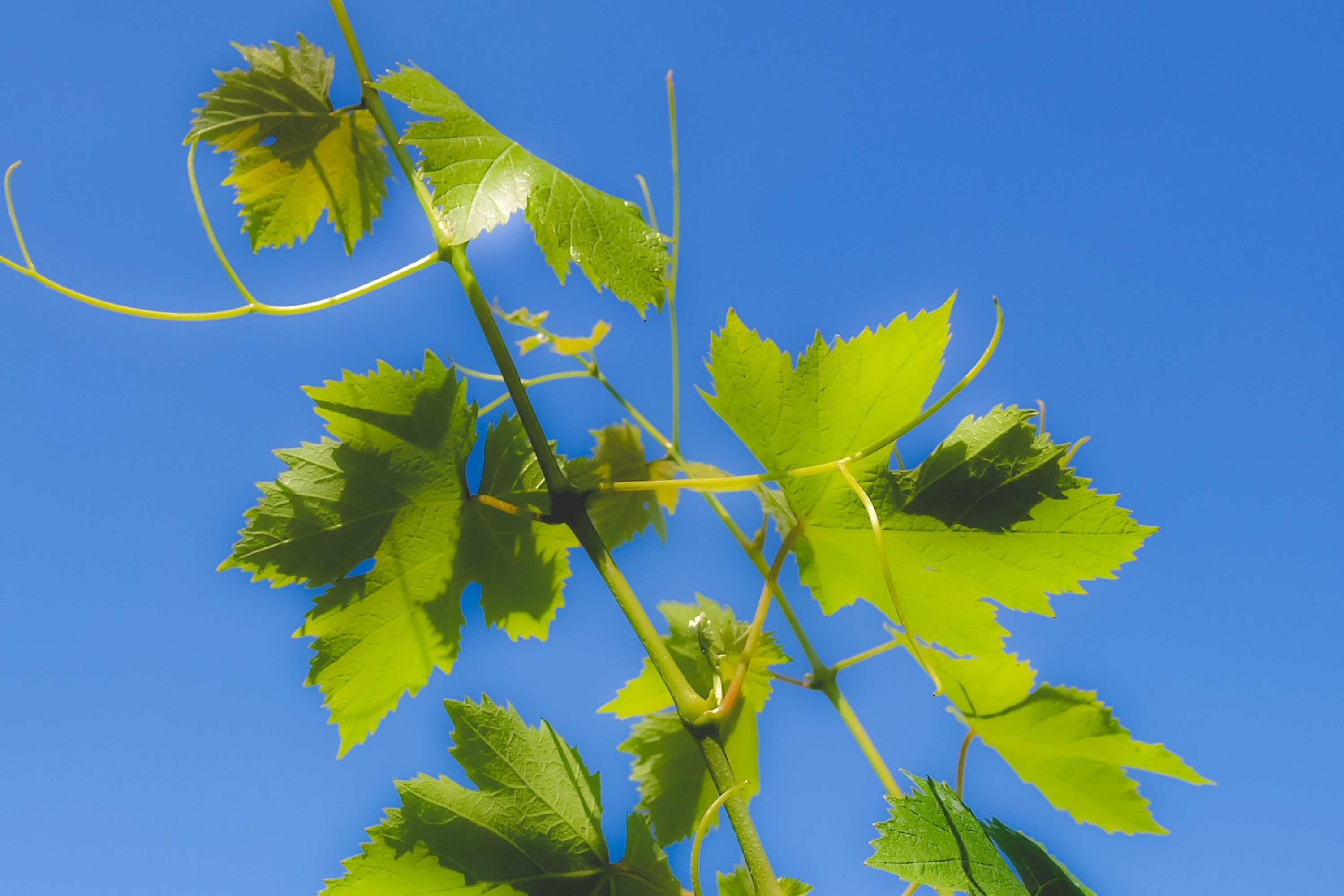Common grape vine
(Vitis aestivalis)

Description
Vitis vinifera, the common grape vine, is a species of flowering plant, native to the Mediterranean region, Central Europe, and southwestern Asia, from Morocco and Portugal north to southern Germany and east to northern Iran. There are currently between 5,000 and 10,000 varieties of Vitis vinifera grapes though only a few are of commercial significance for wine and table grape production. The wild grape is often classified as Vitis vinifera sylvestris (in some classifications considered Vitis sylvestris), with Vitis vinifera vinifera restricted to cultivated forms. Domesticated vines have hermaphrodite flowers, but sylvestris is dioecious (male and female flowers on separate plants) and pollination is required for fruit to develop. Grapes can be eaten fresh or dried to produce raisins, sultanas, and currants. Grape leaves are used in the cuisine of many cultures. The fresh grapes can also be processed into juice that is fermented to make wine and vinegar. Cultivars of Vitis vinifera form the basis of the majority of wines produced around the world. All of the familiar wine varieties belong to Vitis vinifera, which is cultivated on every continent except for Antarctica, and in all the major wine regions of the world. It is a liana growing 12–15 m (39–49 ft) tall at a fast rate. Having a flaky bark, its leaves are alternate, palmately lobed, deciduous, with 3 to 5 pointed lobes, coarsely prickly-toothed leaf margins and a heart-shaped foot, 5–20 cm (2.0–7.9 in) long and broad. They are glossy dark green on top, light green below, usually hairless. The vine attaches to supports by tendrils. The stems, called twigs, grow through their tip, the cauline apex. A branch consists of several internodes separated by knots, which grow the leaves, flowers, tendrils and between-core and where to train future buds. During their hardening, the twigs become woody branches that can reach a great length. Its roots usually sink to a depth of 2 to 5 meters and sometimes up to 12–15 meters or even more. The species typically occurs in humid forests and streamsides. Wild grapes were harvested by neolithic foragers and early farmers. For thousands of years, the fruit has been harvested for both medicinal and nutritional value; its history is intimately entwined with the history of wine.
Taxonomic tree:







